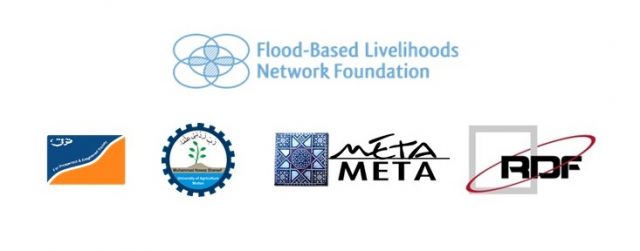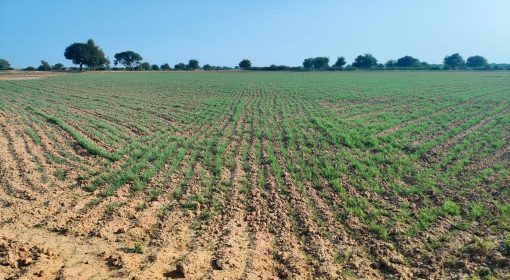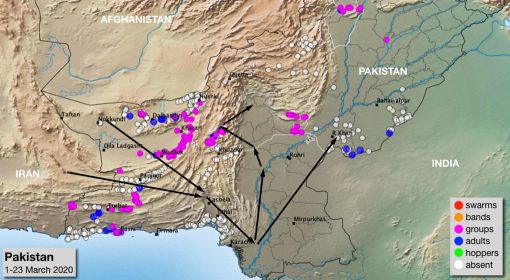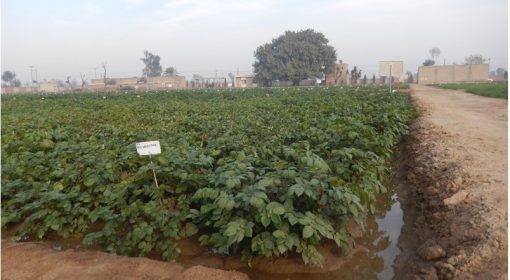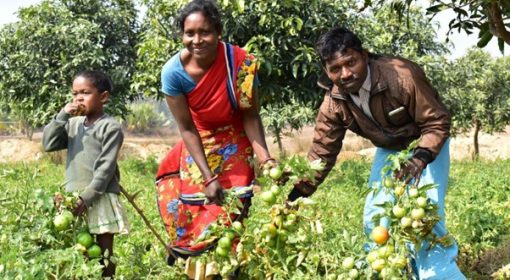By Frank van Steenbergen
The incessant and extraordinary rains in Pakistan’s western mountain catchment have created havoc in one-third of the country, causing loss of life, loss of assets, loss of crops and livestock, disrupted roads all adding up to ‘unimaginable damage’ in the words of the UN Secretary General.
The so-called spate irrigation/ rod kohi and hill torrents areas all over Pakistan have been hit heavily. It is here that the floods first descended down the plains from the mountain catchment, causing wide spread inundation – all along the Suleiman Range, the Kachhi Plains and the Khyrter Range in the west of the country. These spate irrigation/ rod kohi and hill torrent systems are extensive: for centuries they have diverted seasonal flows to grow sorghum, wheat, pulses and oilseeds through a system of earthen bunds and some reinforced structures. The total area prepared for such systems in Pakistan may amount to one million ha[1] and they are a major contributor to food security in the country.
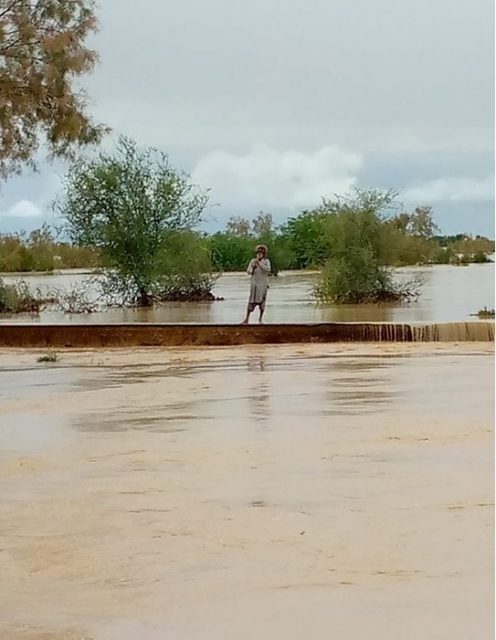
The damage in these areas is enormous and the inundation has completely damaged the standing kharif crop, besides all other havoc it created. It is with urgency that we need to prepare for the rabi crops, using the residual moisture once the floods have receded. To use such residual moisture is common practice in spate irrigation. As the spate waters always carry fine rich sediment, no fertilizer is required in these areas.
Based on independent assessment we expect more than 150,000 hectares of land to be ready for cultivation in the Kachhi Plains alone. While in South-western Punjab it is expected that more than 90,000 hectares of land will be available for crop sowing as well and In DI Khan (KP) 80,000 ha. Then there are more areas: in Sindh, in other parts of KP and in upland Balochistan. These areas have free draining soils and natural fertility and in most cases will be ready for cultivation.
What is needed is to immediately mobilize seeds and tractors. Sowing the rabi crop starts in the last week of September and continues into early November.
From the now inundated area in Kachhi alone one may expect to harvest 56000 ton of wheat, 41000 ton of chick peas, 84000 ton of edible oilseed and 7000 ton of coriander. Around 27000 ton of wheat, 29000 ton of chickpea and 14500 ton of edible oilseed may be expected from the flooded areas of South-western Punjab.
Supporting farmers with the rabi crop will restore their damaged lives. As many of these farmers have lost their means of production (including seeds) in the flood or were impoverished due to the droughts in the preceding years, aid on a crash basis is needed. It is estimated that for the Kachhi Plain alone 6500 tons of seeds for the various crops (arugula/ mustard, chickpeas and wheat) is required. Moreover, for south-western Punjab about 4000 tons of seed is required . For DI Khan it is close to 3750 tons. The approximated cost will be USD 7 M. Some of it may be mobilized by farmers, but the larger part will not.
Time until the planting season is very short and should start in two weeks from now. To mobilize the seeds and support material is of utmost priority.
[1] Saeed Khan, R., K. Nawaz, F. van Steenbergen, A. Nizami, S. Ahmad, 2014.. The Dry Side of the Indus: exploring spate irrigation in Pakistan. Lahore: Vanguard Books.
For further information, contact: info@floodbased.org
